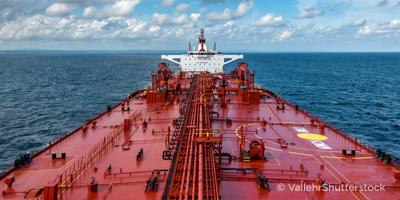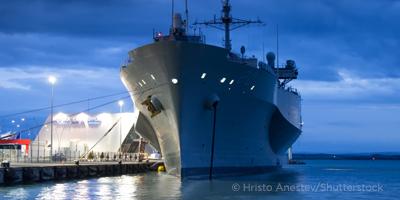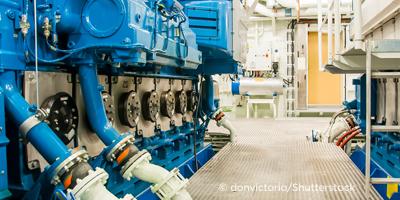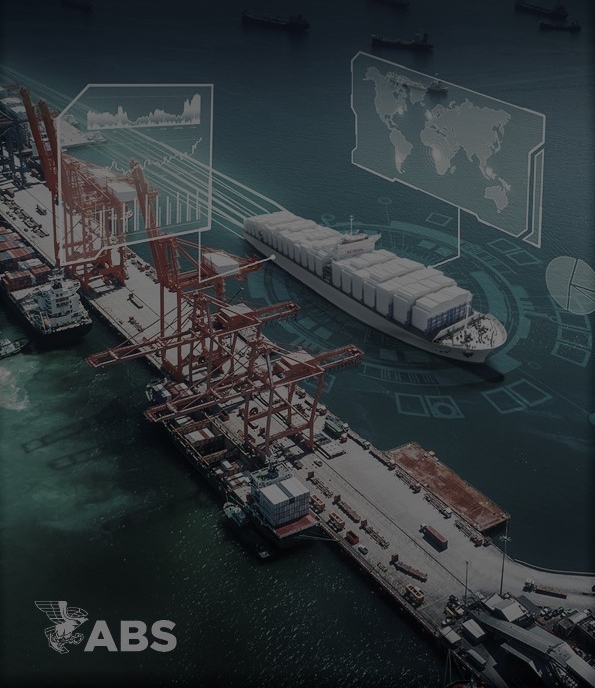Introduction to Underwater Submersibles
- Overview of submersible types and applications
- Historical development and technological advancements
Regulatory Framework and Safety Standards
- International and national regulations
- Classification society rules and guidelines
Engineering Principles for Submersible Design and Construction
- Structural design and materials
- Buoyancy and stability considerations
- Pressure hull design and testing
Key Components and Systems in Submersibles
- Propulsion and control systems
- Life support and safety systems
- Communication and navigation systems
Risk Assessments for Submersible Operations
- Identifying potential hazards
- Risk mitigation strategies
- Emergency response planning
Maintenance and Inspection Protocols
- Scheduled maintenance procedures
- Inspection techniques and tools
- Documentation and record-keeping
Compliance with Standards
- Understanding classification requirements
- Preparing for audits and inspections
- Achieving and maintaining certification
Approval and Certification Processes
- Submission of design documents
- Testing and verification procedures
- Certification and renewal processes
Challenges of Deep-Sea Operations
- Environmental considerations
- Technical and logistical challenges
- Case studies and real-world examples
Best Practices for Submersible Safety and Performance
- Enhancing operational safety
- Improving performance and reliability
- Continuous improvement strategies
Conclusion and Review
- Recap of key concepts and takeaways
- Q&A session for addressing specific questions



































